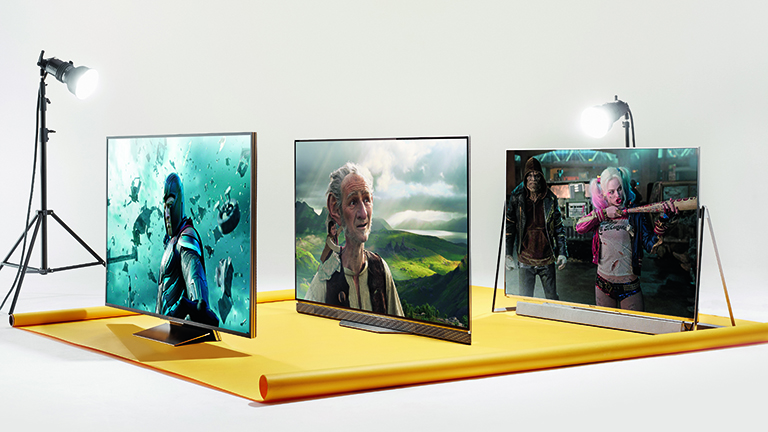
You can get away with spending chump change if all you want is 4K TV, but to see how picture quality has evolved, you need to look toward the premium end of the market. HDR TV tech coupled to the resolution boost offered by 4K is finally revealing the real promise of Ultra HD, with these three top tellies among the very best on the market.
The question is, of course, which is best?
What's on test...
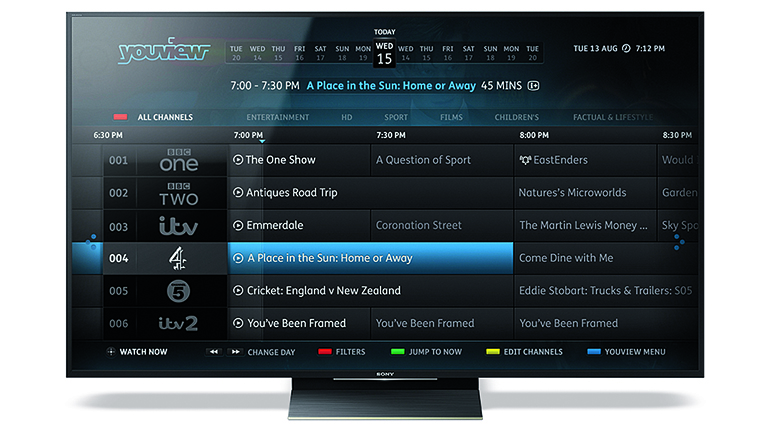
Sony KD-65ZD9 - Sony’s new Master Backlight Drive promises best-in-class HDR contrast. Could this be the finest TV Sony has ever made?
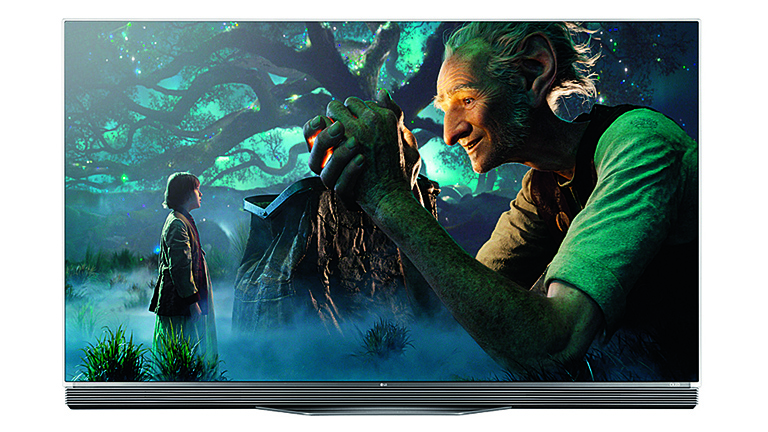
LG OLED65E6 - OLED TV technology has long been touted as the future of TV. This gorgeous LG screen suggests that future may have arrived early.
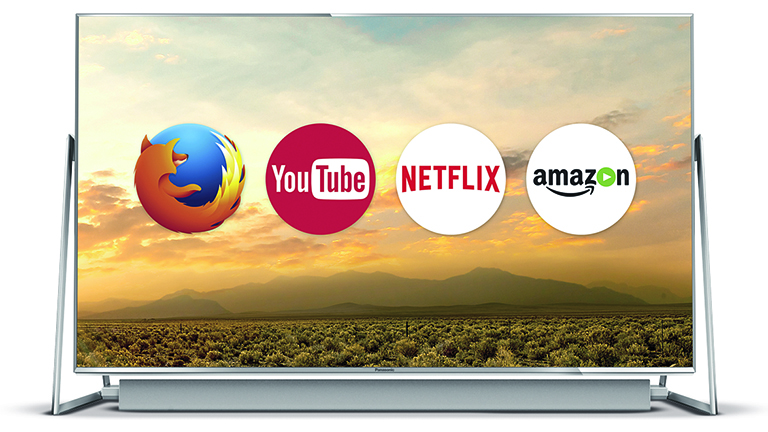
Panasonic TX-58DX802B - High-end design, 4K Pro image processing and Freeview Play? We reckon this might just be the 4K HDR bargain of the year.
Welcome to a HDR wonderland
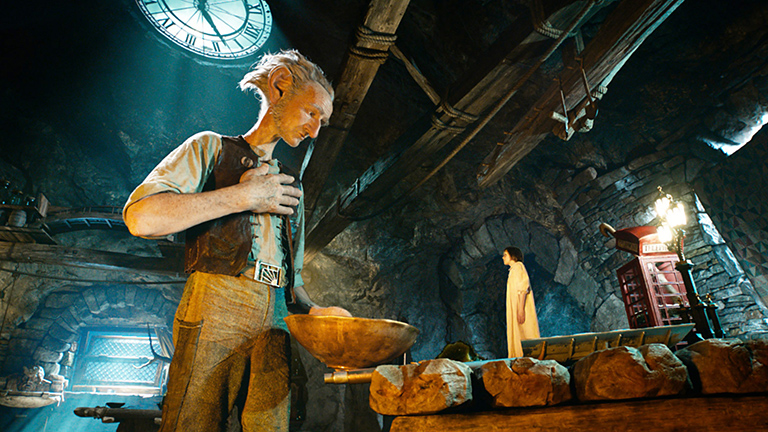
We’re not blue-sky gazing here. HDR is already available on 4K UHD Blu-ray (pretty much every 4K disc is being mastered in HDR), as well as streaming services from Netflix and Amazon Video (programmes are limited, but include the likes of Marco Polo and Daredevil), and increasingly Xbox One and PS4 games.
HDR represents a gear change in picture quality. It enables a TV signal to include more colours and highlights, resulting in more dynamic and realistic images. We’re talking spectral highlights, not overall brightness – things like fire, glinting metals and sunlight really pop. Of course, delivering HDR is challenging for TV makers, who are adopting different techniques to turbo-charge screens.
Sign up to the T3 newsletter for smarter living straight to your inbox
Get all the latest news, reviews, deals and buying guides on gorgeous tech, home and active products from the T3 experts
High-end TVs aren’t just about image quality, though. Flagship screens boast premium build quality, and can turn heads even when they’re switched off. But should your next posh panel come from Sony, Panasonic or LG? Read on to find out…
Test 01: Design
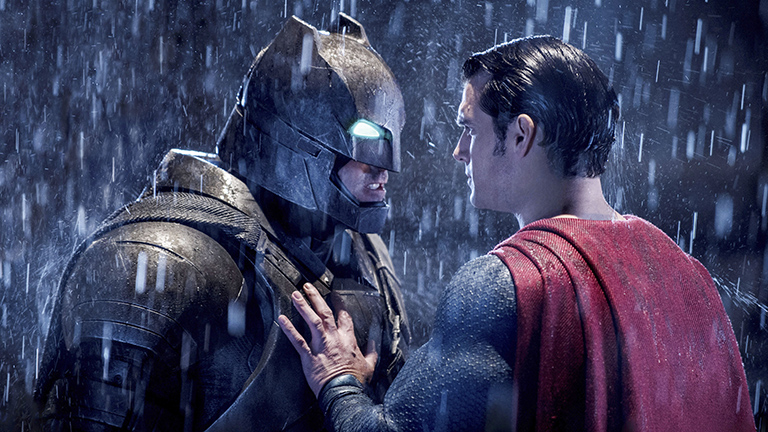
Our top-end TV trio may be larger than the average telly box, spanning 58- to 65-inches, but they wear their acreage well, with premium design and flashy finishes.
The LG E6 makes an art of minimalism. Its astonishingly thin picture-on-glass design really reinforces the difference between an OLED panel and even the thinnest of LCD screens. Indeed, it’s so slim you fear it might snap (it won’t, of course). The Harman Kardon designed soundbar slung across the bottom of the screen adds some welcome weight.
The E6 sports four HDCP 2.2 compliant HDMIs and three USBs, with analogue video handled by mini-jack inputs. There’s an optical digital audio output and Ethernet LAN. Tuner choice is single satellite or solo Freeview Play.

The 58-inch Panasonic DX802 is uncharacteristically outré. The screen itself sits between ‘freestyle’ triangular stands. This easel-like arrangement makes it look like it should rock back and forth, but it is actually fixed. You’ll need wide TV furniture to accommodate its width though. The soundbar is completely separate, tethered to the panel only via a proprietary lead. The finish on the soundbar appears to be metallic mesh, but it’s actually an attractive patterned fabric.
The TV’s connections include four 4K-ready HDMIs with HDCP 2.2 support, three USBs, Ethernet, component AV and a digital optical audio output.
The 65-inch Sony ZD9 is a little less adventurous, with its ultra thin slate bezel, and has a more practical pedestal stand. Unlike its rivals, there’s no soundbar – the set relies on down-firing micro-speakers. The rear panel is notable for its patterned design. Not only does it look pretty cool, it also helps to disguise the pop-off panels that conceal the connections on the rear.
As with its rival sets, there are four HDMI inputs around the back, all HDCP 2.2 ready, plus digital optical audio output and Ethernet.
All three TVs offer Wi-Fi as standard.
Test 02: Features
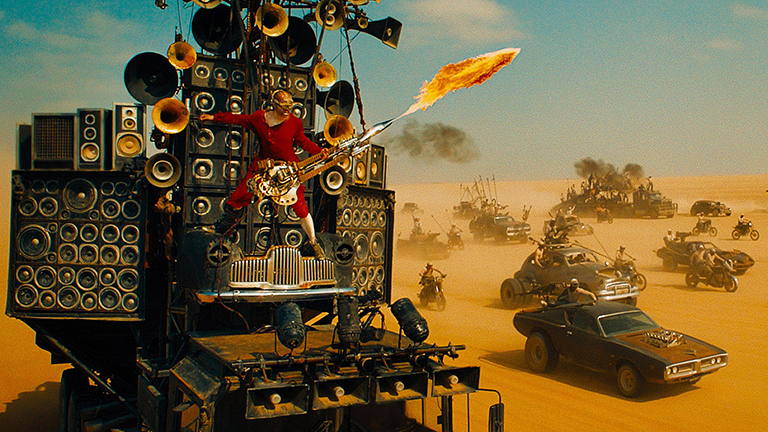
All three HDR TVs feature advanced connectability, offering the latest streaming services, game downloads and smartphone mirroring. The differentiating factor is the OS.
We’ve always rated LG’s webOS. Th e user interface is now in its third iteration, and with the help of LG’s Magic Remote it’s a doddle to navigate. Apps, channels and inputs are accessed via an expandable bar at the base of the screen. You can easily reorder content tiles.
The choice of streaming services includes all the main UK catch-up services, plus Now TV, Netflix and Amazon. Both Netflix and Amazon apps support 4K and HDR streams – and on certain shows you’ll see Dolby Vision HDR.
The Panasonic runs My Home Screen v2.0 powered by the Firefox OS – a stripped back connected experience. It’s more elegant and customisable than LG’s system, as it allows you to tailor the Home screen by pinning shortcuts for your most used services/channels/inputs.

There’s also a novel navigation system, which pulls weather information, notifications, recommended programmes or a vertical programme guide into view via the coloured buttons on the remote. And because the set supports two tuners, you also get a live secondary Picture-in-Picture in the programme guide when browsing channels.
Both LG and Panasonic have Freeview Play, which simplifies catch-up by offering a rollback programme guide; selecting past shows will fire up the appropriate channel player.
Sony’s ZD9 runs the Android TV OS. Not to be confused with the smartphone OS of the same name, Android TV packs the screen with streaming services, games and other stuff. Visually it’s a jumble, but there’s plenty here, including Netflix, Amazon Video (both of which support 4K HDR streaming), YouTube and a feast of lesser streaming services. While Android doesn’t have much in the way of catch-up TV on tap, Sony offers an overlay of YouView, which features all the catch-up TV services from a roll-back programme guide.
Test 03: Performance
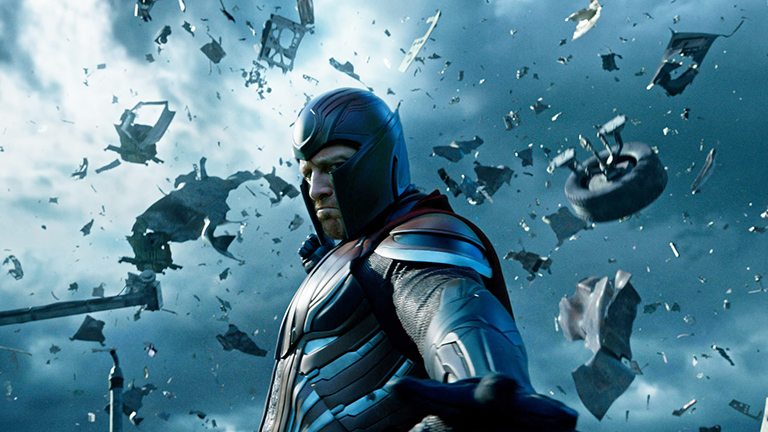
It goes without saying that all three screens are a cut above the norm when it comes to picture quality. The images offered by the LG OLED are lush. With deep perfect blacks (an OLED strong point) and vibrant colour, the E6 looks great with pretty much anything. With regular HD, be it from Sky or Blu-ray, you can see its dynamism immediately on graphics and white text. Feed it native 4K with HDR though and the panel really shines. OLED doesn’t off er the same high peak highlight brightness of its LED rivals, but in many ways it’s a better watch.
LG is also the only UK screen brand to offer support for Dolby Vision. This is currently limited to Netflix (Marco Polo and Adam Sandler’s Ridiculous 6), but in truth we think it doesn’t look overly different to regular HDR.
The Panasonic DX802 rather betrays its low-price roots in this shoot-out. It can’t match the brightness of the Sony ZD9 and can’t go as black as the OLED E6. But image quality remains high – the San Fernando Valley pre-quake in the disaster movie San Andreas (4K Blu-ray) warrants sunglasses.
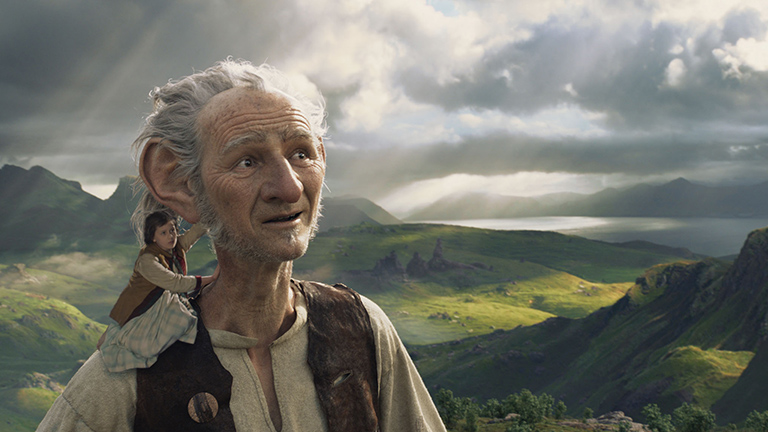
Colour fidelity is excellent, with copious fine detail. What lets the screen down is light bloom caused by the screen’s edge lighting. This becomes particularly distracting when watching a letter-boxed movie – the bottom bar flicks between grey and black.
Sony’s ZD9 doesn’t have any such problems because it uses a full array backlight as part of its Backlight Master Drive. A number of precision calibrated LED lights, controlled by a unique lighting algorithm, enable the ZD9’s backlight to discreetly dim and glow with astonishing precision. This gives the set enormous contrast, free from the haloing around bright objects seen on lesser LED sets. So much so, its HDR performance is leaps and bounds ahead of both Panasonic and LG rivals.
The set also looks phenomenal with regular HD, a benefit of its upscaling X1Extreme HDR image processor. If Sony has produced a better looking 4K TV, then we’ve not seen it!
The overall winner is...
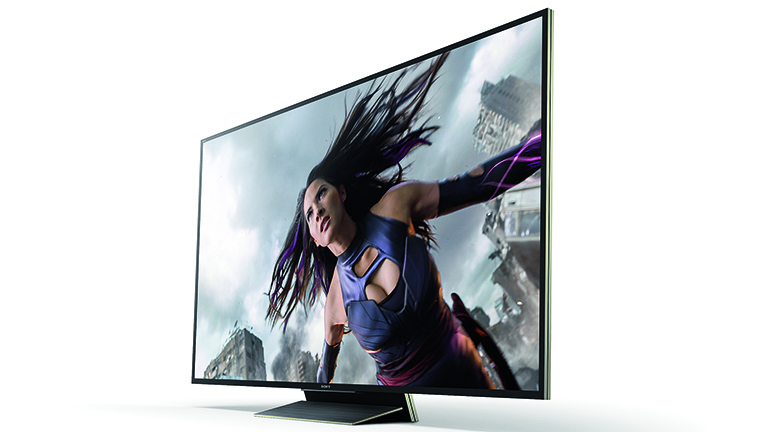
1st: Sony KD-65ZD9
T3 Rates: This TV doesn’t just look slick, with its minimal design and rose gold trim. Sony’s Backlight Master Drive technology proves stunningly effective with 4K HDR content. 4K HDR Netflix and Amazon simply add to the fun.
T3 Slates: The Android smart TV platform is clunkier than most (although YouView brings catch-up relief), and the on-board sound isn’t as clear as rival soundbar systems.
T3 Says: The best 4K HDR performance we’ve seen. The deep blacks, wide colour and sparkling highlights will enhance 4K Blu-ray, Sky Q 4K and HDR-capable consoles.
*****
2nd: LG OLED65E6
T3 Rates: Wonderful picture quality – both HD and 4K HDR. First-class usability and stunning design.
T3 Slates: That price! It’s the dearest telly on test.
T3 Says: Stunning picture and first-rate usability combined.
****
3rd: Panasonic TX-58DX802B
T3 Rates: Incredible price point. The audacious design and feature-rich spec make it a real contender.
T3 Slates: The brightness doesn’t quite hit HDR heights.
T3 Says: Nothing can beat this set’s value for money.
****
T3.com is one of the UK's leading consumer lifestyle websites and T3 magazine is its print counterpart. You can follow us on Twitter, Facebook and Instagram.
We present products in helpful buying guides and carefully curated deals posts across style, living, auto, smart home, watches, travel, fitness and more. We're delighted that 38,000 people buy a copy of T3 magazine every month.
-
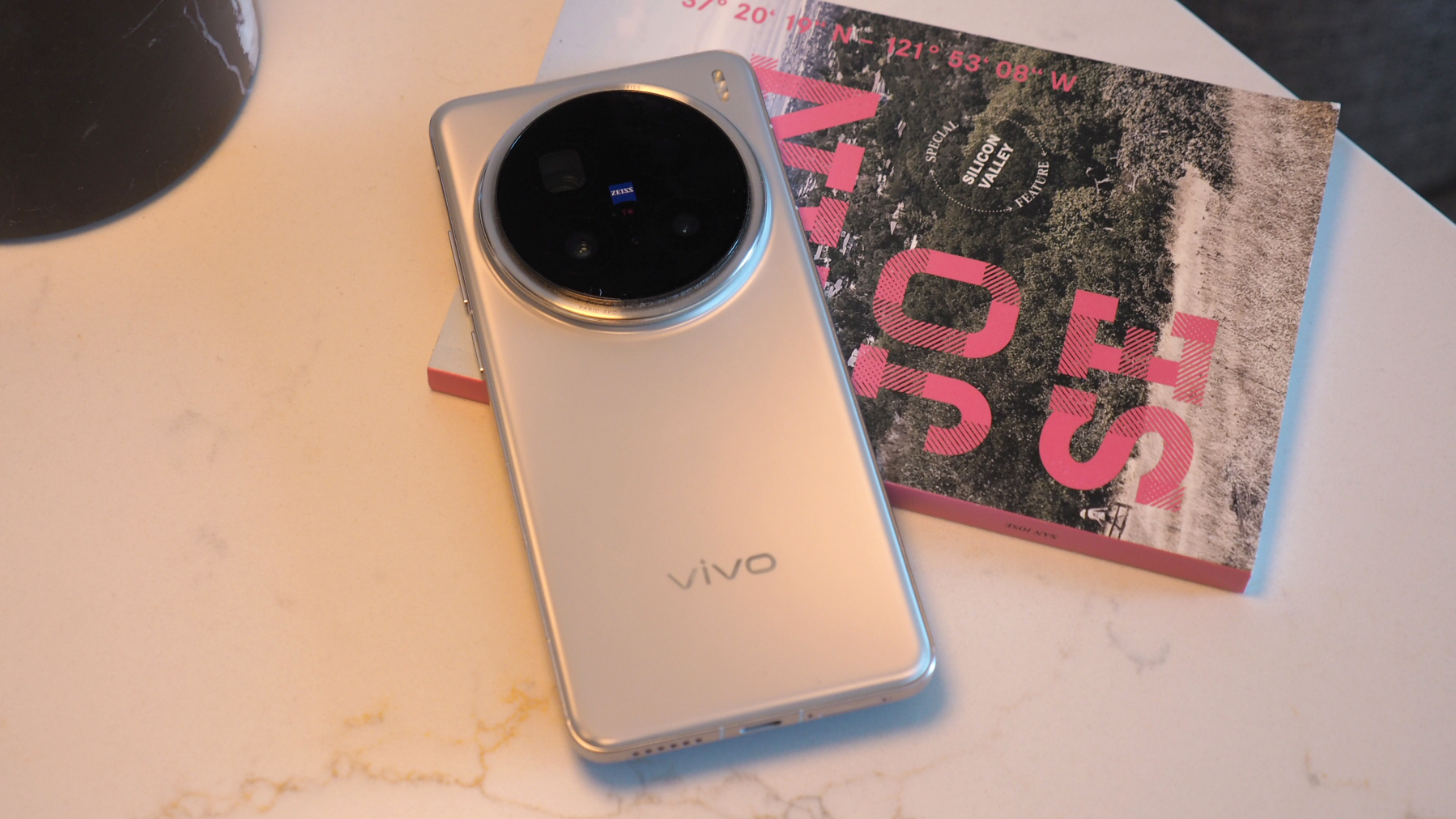 Android phones just got surprise prospective upgrade from MediaTek
Android phones just got surprise prospective upgrade from MediaTekDimensity 9400+ anyone? MediaTek's powerhouse chip just ranked up
By Mike Lowe Published
-
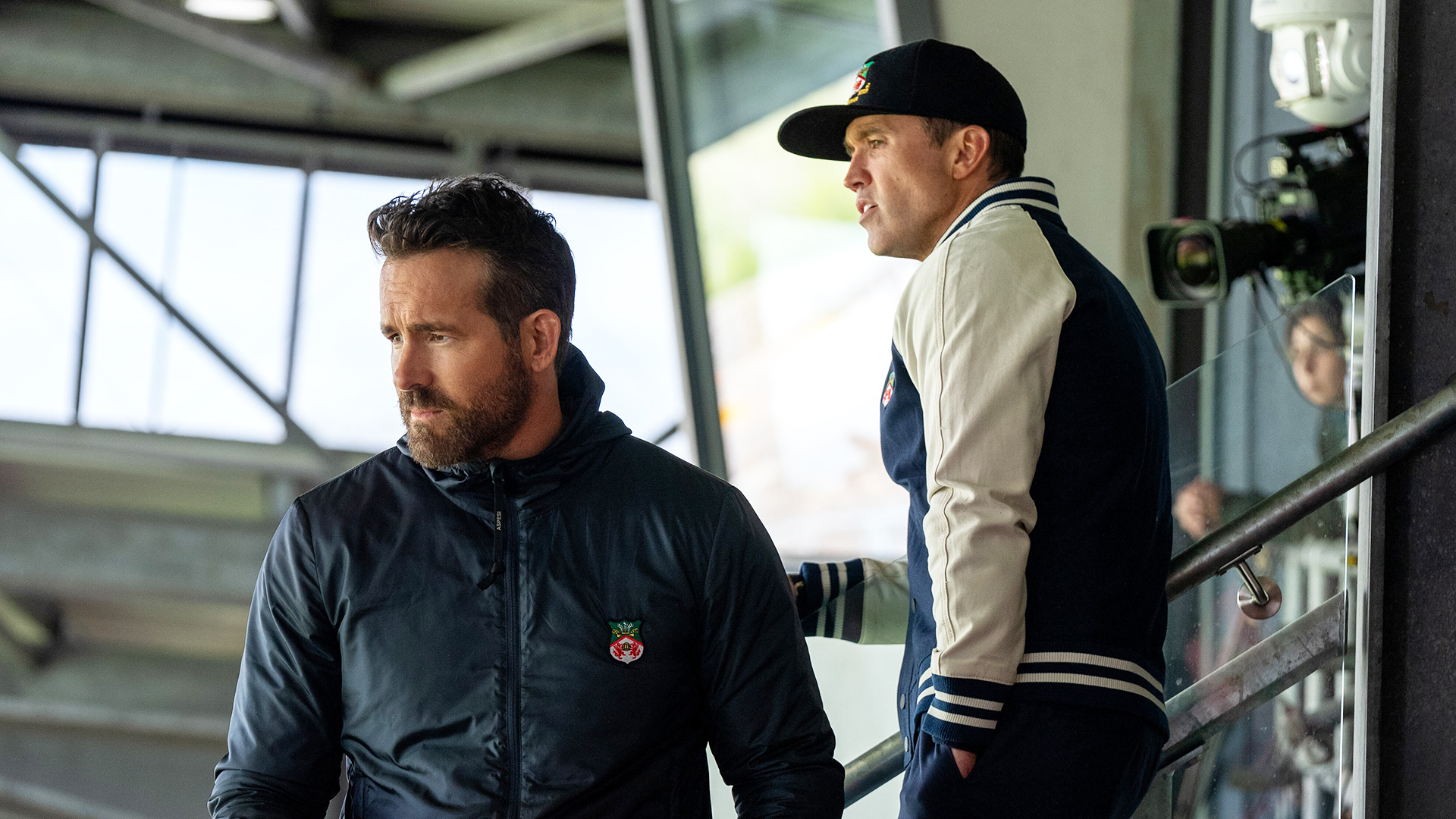 This Disney Plus favourite had 100% on Rotten Tomatoes last season – here's when the new one is out
This Disney Plus favourite had 100% on Rotten Tomatoes last season – here's when the new one is outIt's an Emmy award-winning show
By Sam Cross Published